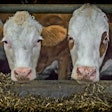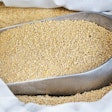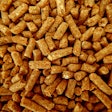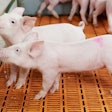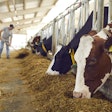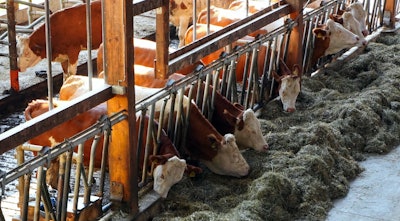
The USDA’s July cattle inventory report confirms the general sentiment that the cattle cycle remains in a contractionary phase, with most statistics coming in close to pre-report expectations.
Total inventory on July 1 is estimated at 98.8 million head, down 2% from a year ago, making this the fourth consecutive year of decline.
All cows and heifers that have calved total 39.8 million head, also nearly 2% below last year, which reflects 2.4% fewer beef cows at 30.4 million head and 0.5% fewer milk cows at 9.45 million head.
This report indicates the lowest mid-year inventory of cattle overall since 2015, and of beef cows in particular since 2014, when producers were still rebuilding following the drought in 2012.
Beef and dairy heifer numbers down
As further evidence of continued contraction, beef and dairy replacement heifers are down about 3.5% and 1.3%, respectively, relative to last year, while other heifers are also down 1.3%.
Overall, the inventory of all heifers weighing 500 pounds or more is down nearly 2%. Within that weight class, steers are down 1.4% and bulls are even with last year.
The number of calves under 500 pounds is down about 2.5%. With around 2% fewer cows and heifers calved, the 2022 calf crop, at 34.6 million head, is 1.4% below the 2021 level, which should help hold down the number of animals on feed and beef production in 2022 and 2023.
Cattle on Feed up slightly
The USDA’s most recent Cattle on Feed report indicates that feedlots placed 1.63 million head on-feed and marketed 2.06 million last June or about 2% fewer placements and 2% more marketings than in the prior June, bringing the July 1 total number of cattle on feed to 11.3 million head or just about 0.4% more than last July.
The mix of steers and heifers indicates that, compared to a year-ago, more heifers are being sent to the feedlots instead of staying on farm for breeding stock.
Though total cattle on-feed are up 0.4%, steers on-feed are down about 1% while heifers are up 2.9% from last year.
Looking at it another way, heifers comprise around 39% of the cattle in feedlots, as compared to only 31%-33% during much of the last expansion.
This is consistent with the reduction in replacement heifers and reflects producer disinterest in expanding the breeding herd.
Author: Jason Franken, School of Agriculture, Western Illinois University
Franken, J. "Continued Cowherd Contraction Confirmed." farmdoc daily (12):109, Department of Agricultural and Consumer Economics, University of Illinois at Urbana-Champaign, July 25, 2022.







